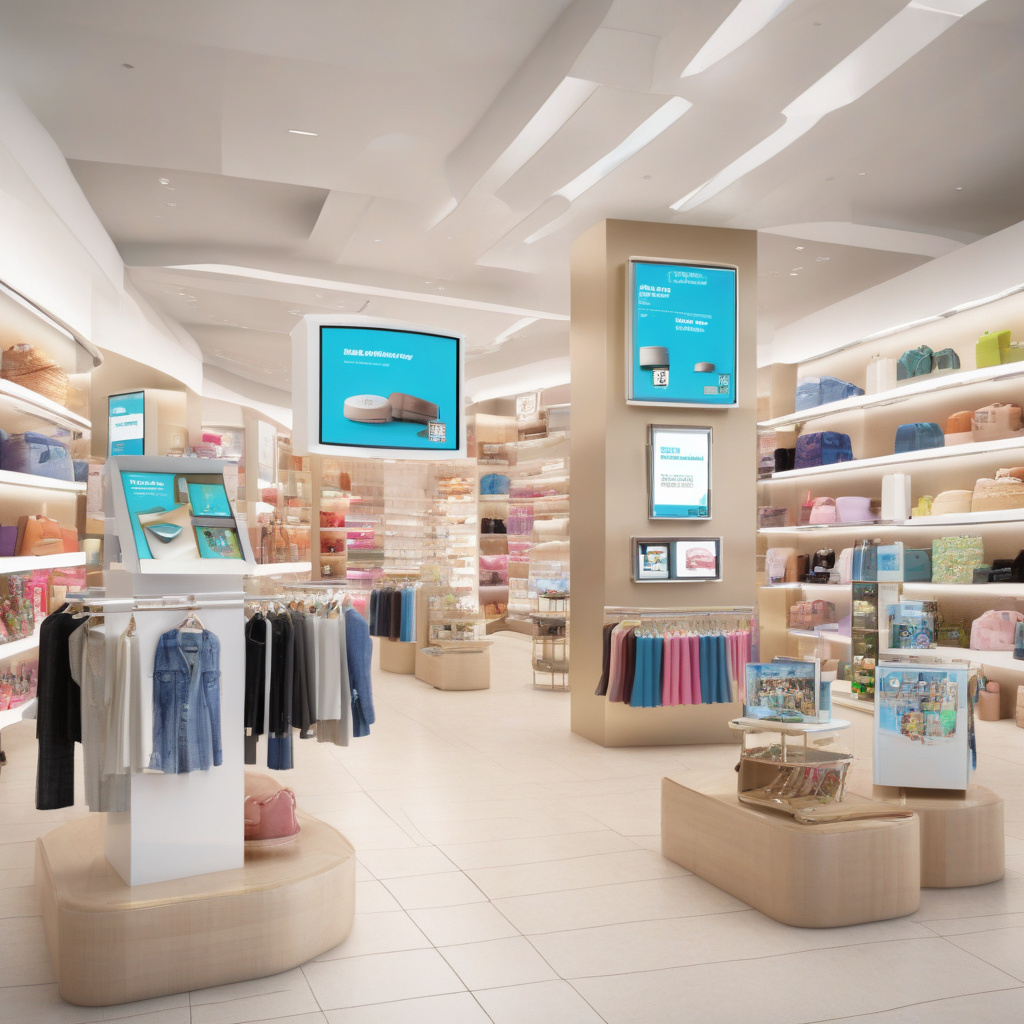How SaaS Personalization Breathed New Life into Legacy Retail Platforms
In the fast-paced world of retail, businesses are constantly seeking ways to enhance customer experiences and drive sales. One of the most significant developments in recent years has been the rise of Software as a Service (SaaS) personalization. This innovative approach has breathed new life into legacy retail platforms, enabling them to adapt to modern consumer demands without the need for a complete overhaul.
Transforming digital experiences doesn’t always require starting from scratch. In fact, some of the most effective innovations begin at the edges where user interaction is most frequent and impact is most immediate. This is particularly true for legacy retail platforms, which often struggle to keep pace with the evolving expectations of customers who are now accustomed to tailored experiences. By leveraging SaaS personalization, these platforms can revitalize their offerings and remain competitive in a crowded marketplace.
The concept of SaaS personalization hinges on the ability to harness data to create bespoke shopping experiences. Retailers can now analyze customer behavior in real-time, gaining insights into preferences, shopping habits, and engagement patterns. This data-driven approach allows companies to deliver personalized content, product recommendations, and promotional offers that resonate with individual customers. The result is a more engaging shopping experience that drives customer loyalty and increases conversion rates.
For instance, consider a legacy retail platform that has struggled to maintain relevance in the digital age. By integrating a SaaS personalization solution, the company can utilize advanced algorithms to analyze customer data. If a shopper frequently purchases outdoor gear, the platform can automatically highlight related products, suggest complementary items, and even provide personalized discounts on future purchases. This tailored approach not only enhances the customer experience but also encourages repeat business.
Moreover, SaaS personalization can streamline the user journey, making it easier for customers to find what they need. A legacy platform might face challenges with navigation or product discovery. By incorporating personalization features, the platform can offer customized search results based on previous purchases or browsing history. This not only simplifies the shopping process but also increases the likelihood of conversion, as customers are presented with options that align with their interests.
Another significant advantage of SaaS personalization is its scalability. Legacy retail platforms often grapple with the complexities of integrating new technologies, which can be both time-consuming and costly. SaaS solutions offer a more agile approach, enabling retailers to implement personalization features without undergoing a lengthy transformation. This means that businesses can quickly adapt to market changes, respond to customer feedback, and roll out new features that enhance user experiences.
Furthermore, the cost-effectiveness of SaaS models allows retailers to allocate resources more efficiently. Instead of investing heavily in infrastructure upgrades or extensive development projects, companies can subscribe to SaaS platforms that provide advanced personalization capabilities as part of their service. This not only reduces upfront costs but also minimizes the ongoing maintenance burden associated with traditional software solutions.
Real-world examples of successful SaaS personalization implementations in legacy retail platforms abound. Take, for instance, a well-known department store that opted to revamp its online shopping experience. By integrating a SaaS personalization tool, the retailer was able to create a dynamic homepage that showcased products based on a shopper’s previous interactions. This simple yet effective change led to a significant increase in online sales, demonstrating the power of personalization in a competitive retail environment.
In addition to enhancing the customer experience, SaaS personalization can also provide valuable insights for retailers. By analyzing data collected through personalized interactions, businesses can identify trends and patterns that inform future marketing strategies. For example, if a retailer notices a surge in interest for a particular product category among a specific demographic, they can tailor their advertising efforts to capitalize on this trend, further driving sales and engagement.
Of course, implementing SaaS personalization is not without its challenges. Retailers must navigate the complexities of data privacy and security, ensuring that customer information is handled responsibly and transparently. Additionally, companies must invest in training staff to effectively leverage these new tools and interpret the data they generate. However, the benefits of personalization often outweigh these hurdles, making it a worthwhile investment for legacy retail platforms seeking to thrive in an increasingly competitive landscape.
In conclusion, SaaS personalization has emerged as a transformative force for legacy retail platforms. By leveraging data-driven insights to create tailored shopping experiences, retailers can breathe new life into their offerings and better meet the needs of modern consumers. The ability to enhance user interactions at the edges of their platforms not only boosts customer satisfaction but also drives revenue growth. As the retail landscape continues to evolve, those who embrace SaaS personalization will be well-positioned to succeed in the digital age.
retail, SaaS, personalization, customer experience, legacy platforms
